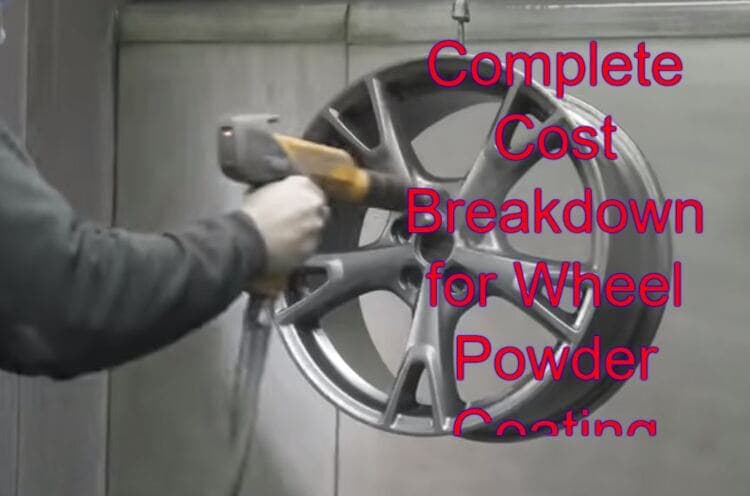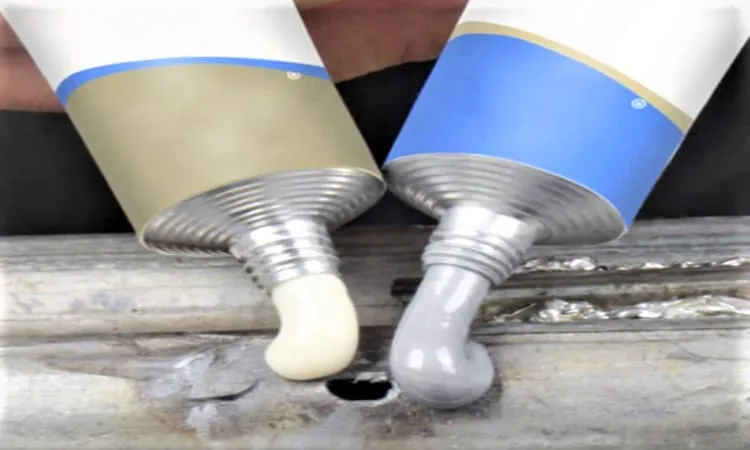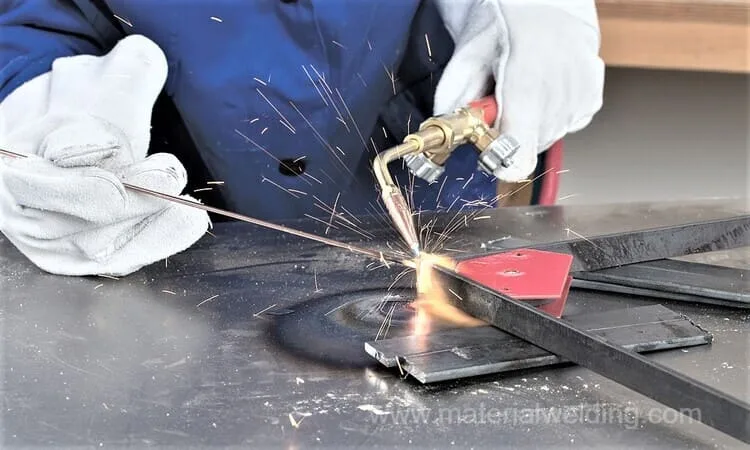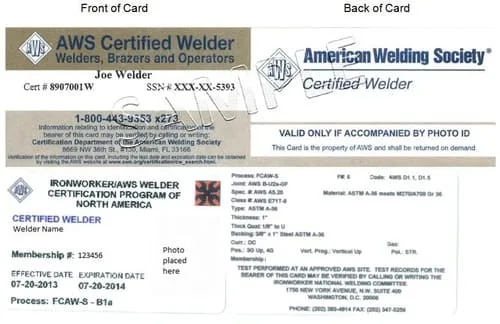How to Price Welding Jobs
If you are a welder or a business owner who offers welding services, pricing your welding jobs can be a challenging task.
In this article, we will discuss some important factors to consider when pricing welding jobs.
Steps: For Welding Job Costing
Following are useful steps to guide on how to price your welding jobs efficiently & with profit:

Determine the Scope of the Project
Before you can start pricing a welding job, you need to determine the scope of the project.
This involves identifying the materials needed, the amount of welding required, and the time it will take to complete the job.
If the project requires specialized equipment or materials, these should also be taken into account when pricing the job.
Calculate Labor Costs
Once you have determined the scope of the project, you can calculate the labor costs. Welding jobs can be priced based on an hourly rate or a flat fee for the entire project.
If you decide to use an hourly rate, you need to consider the experience and skill level of the welder, as well as the cost of any benefits or overhead expenses.
Related reading: How much do welders make a year? answer might surprise U.
Consider Materials Costs
The cost of materials is another important factor to consider when pricing a welding job.
The price of materials can vary widely depending on the type of metal being welded and the quantity needed. It’s essential to research the cost of materials and factor this into the overall price of the job.
Estimate Overhead Costs
In addition to labor and materials, you also need to estimate overhead costs when pricing a welding job.
Overhead costs include expenses such as rent, utilities, and insurance. These costs should be factored into the price of the job to ensure that you are covering all your expenses.
Determine Profit Margin
Finally, you need to determine your profit margin when pricing a welding job. Your profit margin should reflect the value of your services, the quality of your work, and your experience and expertise.
A reasonable profit margin is typically between 10-20% of the total job cost.
Example calculation for welding job pricing
Let’s walk through an example calculation for welding job pricing:
Let’s say you have a client who needs a custom metal gate for their property. After discussing the scope of the project, you determine that the gate will require approximately 20 hours of welding work, as well as the following materials:
- Steel tubing: 100 feet at $5 per foot = $500
- Steel plate: 5 feet at $25 per foot = $125
- Welding wire and gas: $100
To calculate the labor cost, you need to decide on an hourly rate. Let’s assume your hourly rate is $50 per hour. The labor cost for this project would be:
- 20 hours x $50 per hour = $1,000
Next, you need to estimate your overhead costs. Let’s say your overhead expenses for the month (rent, utilities, insurance, etc.) come to $1,500.
To determine the overhead cost for this project, you could divide the total overhead expenses by the number of jobs you expect to complete in that month.
For example, if you plan to complete four jobs that month, the overhead cost for this project would be:
- $1,500 / 4 = $375
To calculate the total cost of the project, you would add together the labor cost, materials cost, and overhead cost:
- Labor cost: $1,000
- Materials cost: $500 + $125 + $100 = $725
- Overhead cost: $375
Total cost: $1,000 + $725 + $375 = $2,100
Finally, you need to determine your profit margin. Let’s assume you want a profit margin of 15%. To calculate your profit, you would multiply the total cost by your desired profit margin:
- Profit margin: 15%
Profit: $2,100 x 0.15 = $315
To determine the final price for the project, you would add the profit to the total cost:
- Final price: $2,100 + $315 = $2,415
So in this example, you would price the welding job for the custom metal gate at $2,415.
How much should I charge for my welds?
The amount you should charge for your welds will depend on several factors, including your experience and skill level, the complexity of the project, the materials being welded, the location, and the current market rates.
To determine your pricing, it’s a good idea to research the average rates charged by other welders in your area for similar projects.
You can also take into consideration the cost of materials, equipment, and any overhead expenses you may have, such as rent and insurance.
Conclusion
In conclusion, It’s important to price your welds competitively. pricing welding jobs requires careful consideration of multiple factors, including the scope of the project, labor costs, materials costs, overhead costs, and profit margin.
By taking these factors into account, you can ensure that you are pricing your welding jobs fairly and accurately.
Remember, it’s always better to overestimate than to underestimate the cost of a job, as this will help you avoid financial losses and ensure that you are compensated fairly for your hard work.








